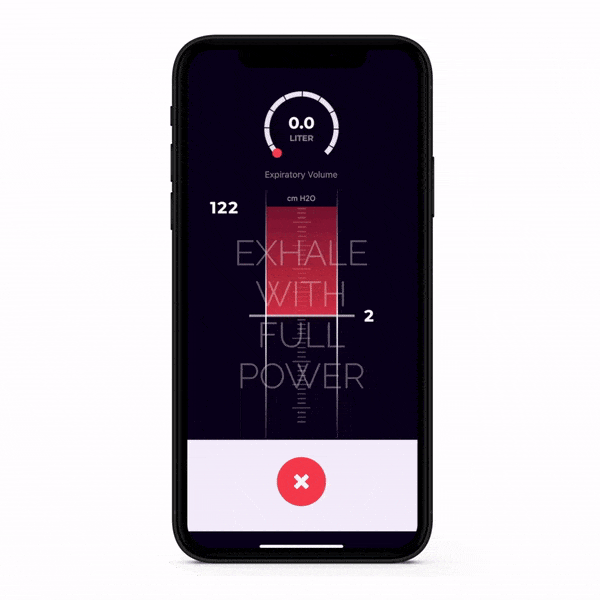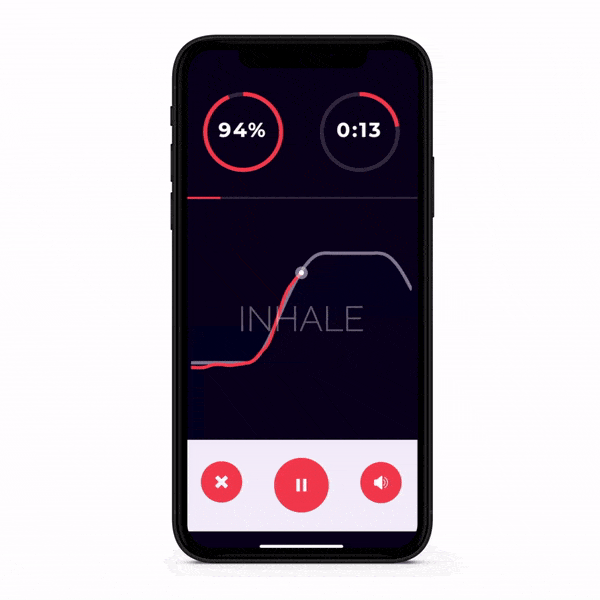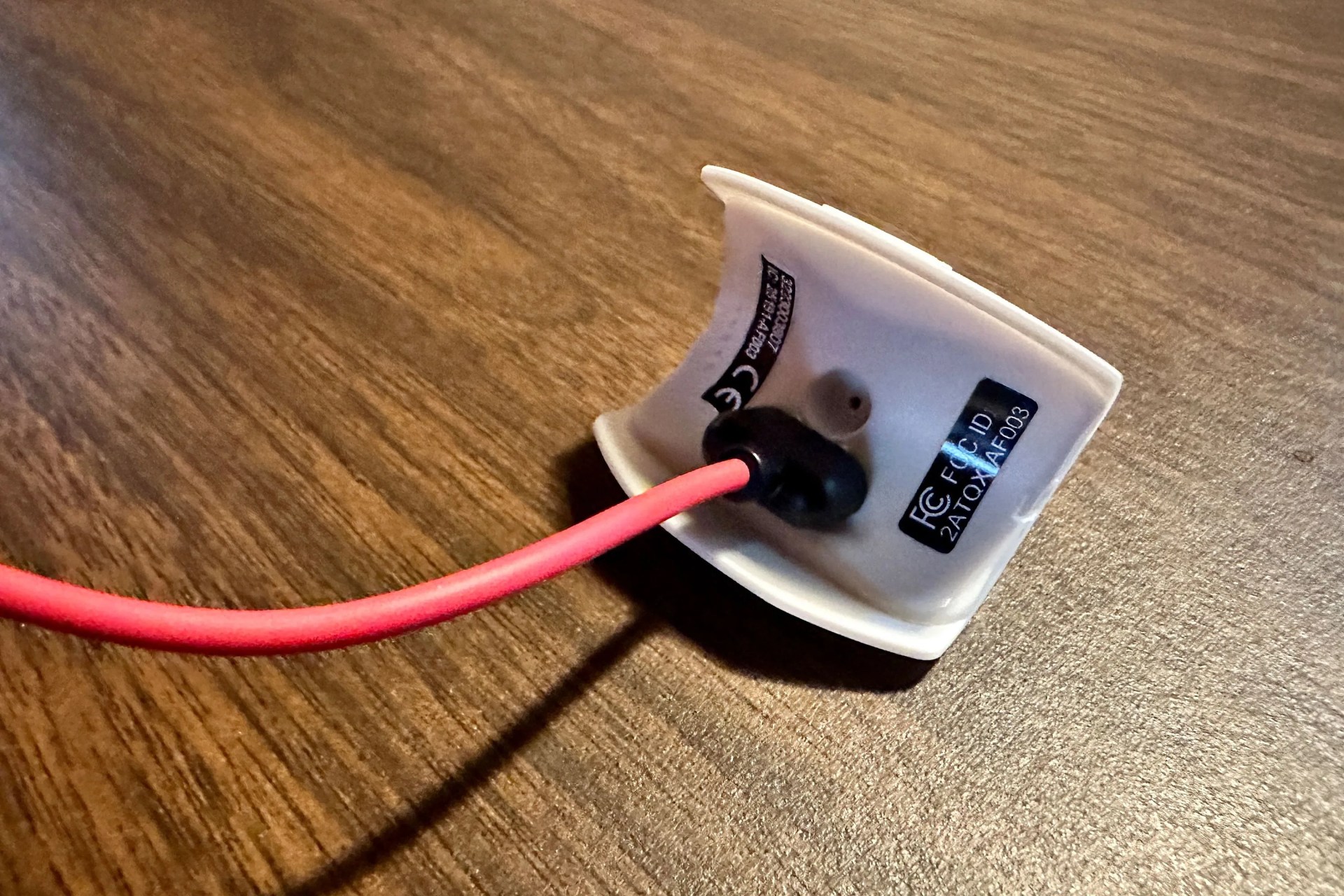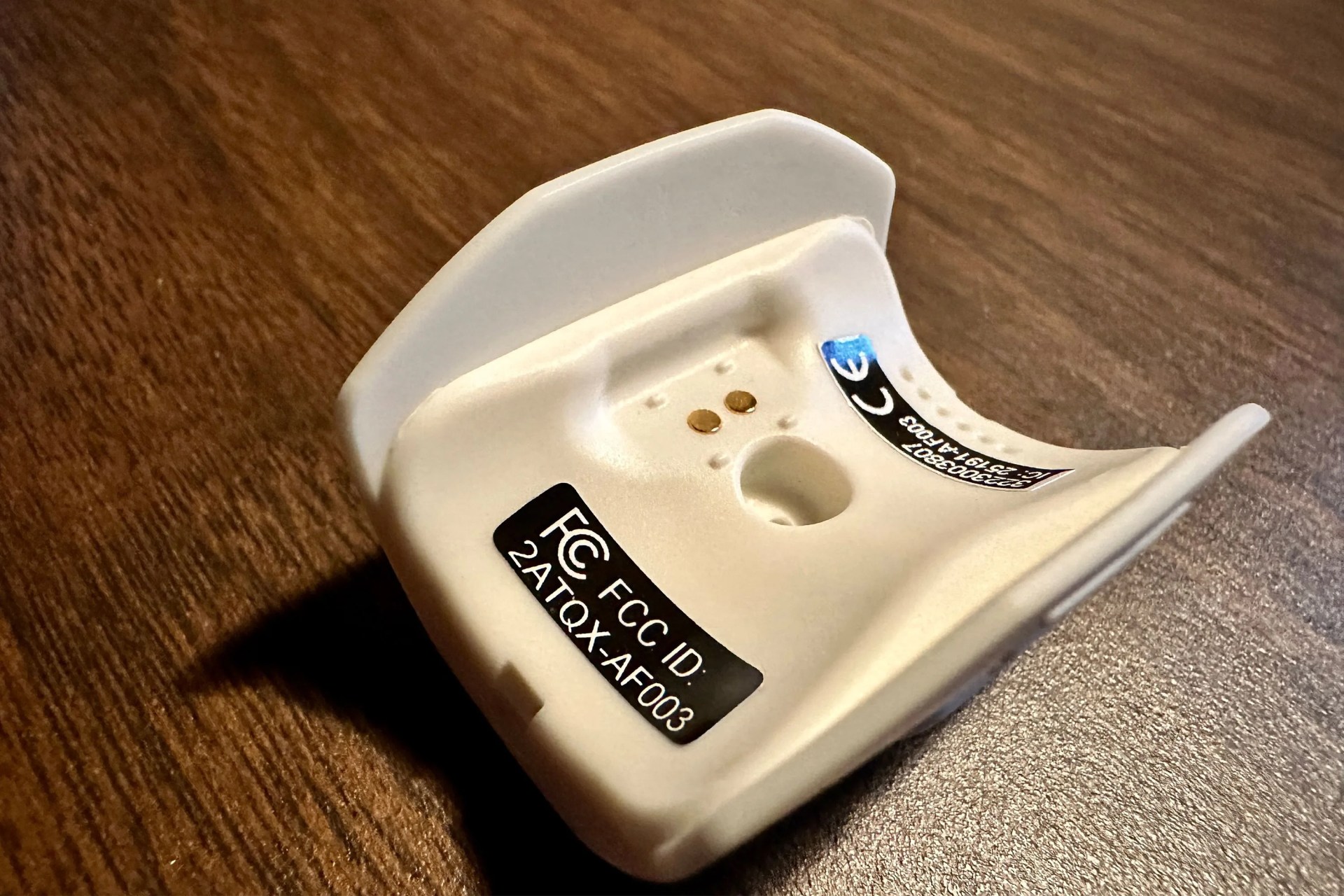When it comes to training, your cardiorespiratory fitness is a major gatekeeper in relation to your performance. Think about it: if you can’t catch your breath properly, how can you expect to complete your running route or power through a strength training session?
The clearest identifying factor to how efficiently you breathe mid-training is your maximal aerobic capacity (VO2 Max), which showcases your maximum attainable rate of oxygen consumption during physical exertion. But if you feel like each jog or lift leaves you gasping for air, how do you go about training for a better VO2 max?
Train the muscles you breathe with, of course.
Breath training is by no means a new practice, having served as a pivotal part of relaxation and mindfulness techniques for decades. Yet there are other, physical benefits to the discipline, including increased lung capacity and better circulation. All these relate back to strengthening the musculature surrounding your lungs…but unlike a bicep, understanding how to work these muscles is a little foggy. Sure, you could ramp up your training intensity again and again to create stress across your lungs, but this can leave you tired and exhausted in a hurry without zoning in on the target muscle area.
Thankfully, devices like the Airofit Pro 2.0 exist that offer precise training opportunities for your respiratory musculature without all the huffing and puffing. Serving as a resistance machine for your lungs, this petite accessory filters your air intake as you inhale and exhale, creating a load across your lungs that’s more achievable and effective than aiming for a higher heart rate mid-training. The device connects to a companion app via Bluetooth to give you a clear visualization of your output as you breeze through each prescribed daily workout.
Before we dive into the effectiveness and practice of training with the Airofit Pro 2.0, it can be helpful to understand why breath training with a device can be vital to your fitness journey, and which athletes in particular should consider adopting the discipline as part of their normal routine.
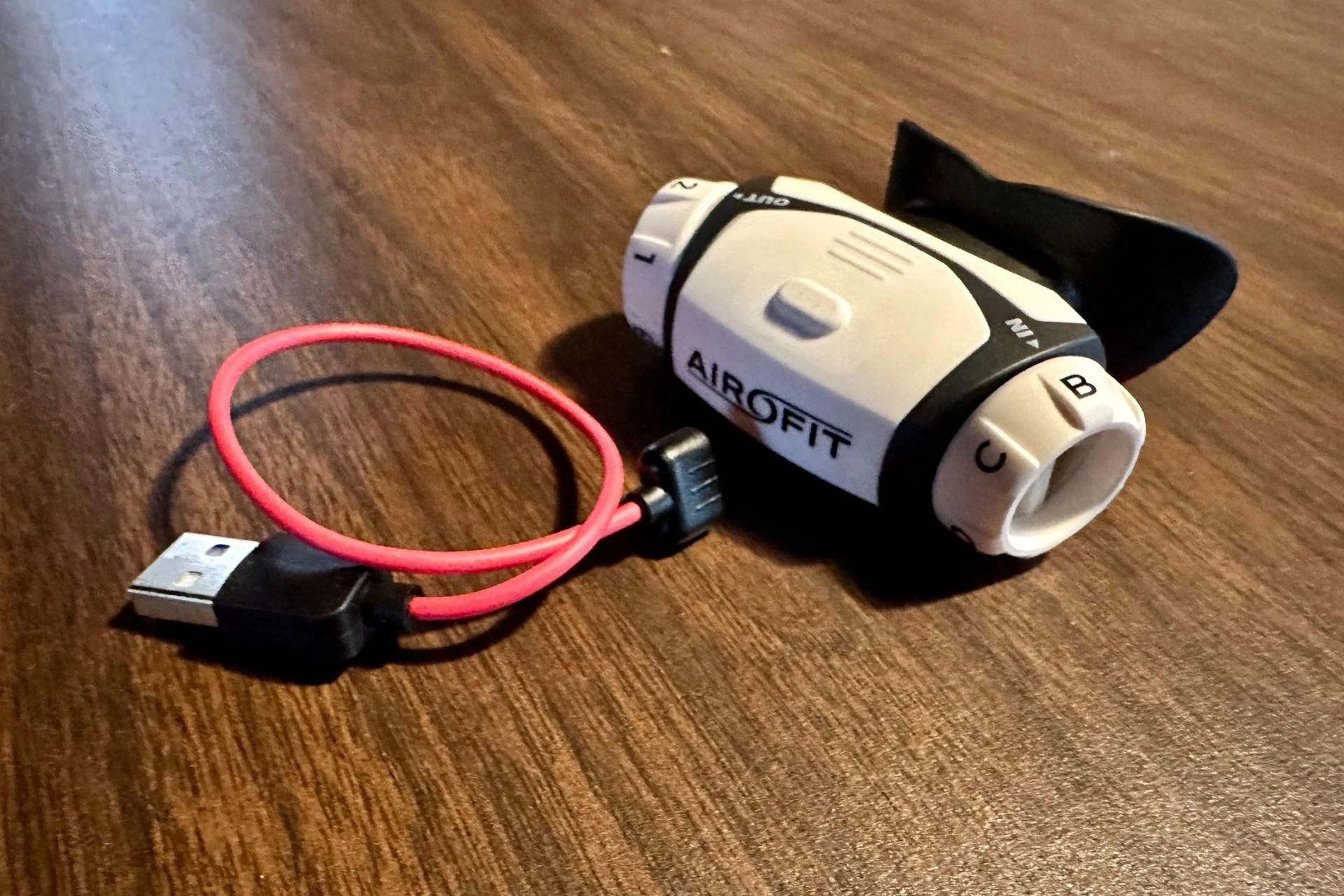 Ben Emminger
Ben Emminger




